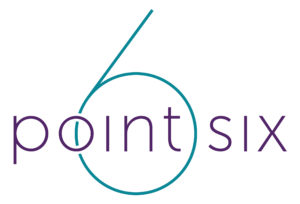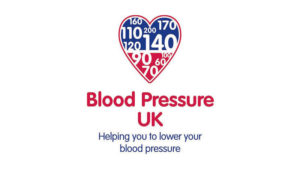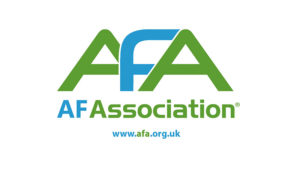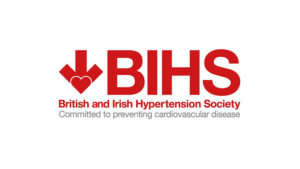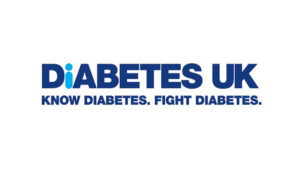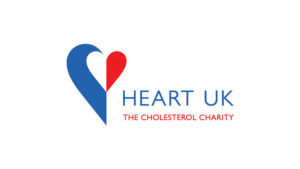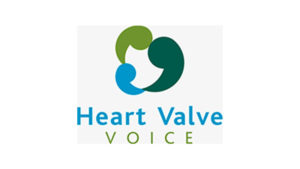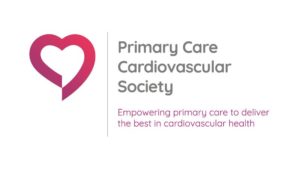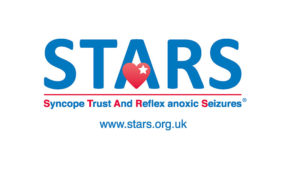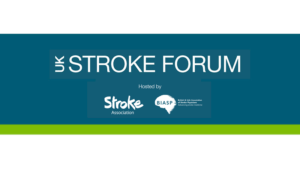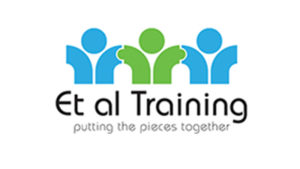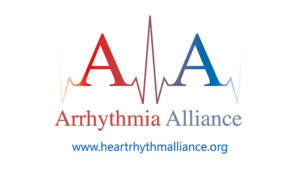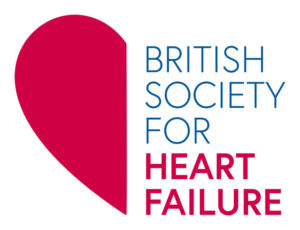Are you sitting comfortably? Then I’ll begin. Once upon a time… Telling stories is something that many of us do with our children. But what about with our patients, and what about encouraging patients to tell their stories? In this issue of BJPCN, we share some exciting new research showing that patients with high blood pressure can learn from each others’ stories. And we help you to fill in the gaps so you’ve got a clear story to tell during routine consultations with patients with cardiovascular disease and diabetes.
An ultimate cholesterol-lowering plan is urgently needed!
Coronary heart disease (CHD) remains the UK’s number one killer, affecting over 2.8 million people and causing almost 100,000 deaths a year.1 This is despite an overall reduction since the 1970’s through the introduction of statins, improved screening and treatment and an increase in smoking cessation. Although many risk factors have to be taken into consideration, an elevated serum cholesterol level, which affects two out of every three UK adults, remains the single biggest modifiable risk factor for CHD.1,2 Dietary intervention should always be first-line treatment with or without statin therapy. However, there is clearly a need for a diet renaissance – providing patients with a diet that is not only realistic, but one that delivers impactful cholesterol-lowering results.
Long live the difference? Why women lose out in heart health
In the UK, the last 30 years have seen a significant decline in deaths from coronary heart disease (CHD) in men, but the fall has been less significant in women. This may be because women need a different, more gender-specific approach if they are to benefit fully from recent advances in treatment.
EUROPEAN SOCIETY OF CARDIOLOGY CONGRESS 2010
Keeping on track for good concordance with CVD and diabetes drugs
What is important when a nurse and patient are together in a consultation? Most of us have had consultations where the discussion did not appear to achieve anything, while, on other occasions, both parties seemed to be working well together. This article looks at how to share the process of planning treatment with a patient to improve health outcomes; it examines what concordance is, and how to achieve it, looking at how this might work out in practice.
Managing patients with recent onset chest pain: key steps
Chest pain and discomfort are common symptoms that account for 1% of visits to primary care, 5% of visits to accident and emergency departments and 25% of emergency hospital admissions. Coronary artery disease (CAD) is one of many causes of chest pain and is the commonest cause of death in the UK. However, there are treatments available that can improve symptoms and prolong life, making prompt assessment and diagnosis essential. The National Institute for Health and Clinical Excellence (NICE) has recently published a new guideline on the assessment and investigation of patients presenting with acute chest pain suggestive of acute coronary syndrome (ACS) and stable chest pain suggestive of angina. It includes recommendations that will mean some changes to the way these patients are managed in practice. This article looks at how we can put these changes into action.
How to use the GRASP-AF tool to reduce stroke risk in patients
Eating healthily on a tight budget
Save the Children, a charity well known for its work helping children in war-torn or faminestruck countries, recently announced that it is now handing out grants to struggling UK families who cannot afford to feed themselves. In a recent report, the charity suggests that the credit crunch has led to an increase of 11.3% in cost of food over the last year. It is not surprising that many parents have now cut back on food expenditure, with the poorest of families spending less on their weekly shop than ever before. How can we provide patients with tips on eating healthily on a tight budget?
Treating erectile dysfunction safely and effectively
Erectile dysfunction (ED) and vascular disease share the same risk factors and commonly co-exist. The presence of ED in otherwise asymptomatic men is, therefore, often a useful early warning sign of silent vascular disease. This fundamental concept highlights the importance of ‘looking beyond the penis’ in the evaluation of the ED patient, and challenges practice nurses to consider ED and sexual activity as part of their routine evaluation of patients. Once diagnosed, there is a range of effective treatments for ED, and guidance on how to use them safely in patients with cardiovascular disease (CVD).
Managing chronic obstructive pulmonary disease and cardiovascular disease together
Chronic clinical conditions have traditionally been regarded as individual disease categories within individual patients, although there is often considerable overlap across clinical systems. The monitoring of patients with long-term conditions has historically centred around a traditional model of a nurse-led clinic, utilising an appropriate level of skill mix. The disease categories and associated clinical indicators of the Quality and Outcomes Framework (QOF) have encouraged this approach, but for those managing these patients the presence of various co-morbidities is all too apparent
How to provide excellent care for patients with diabetes
How can primary healthcare professionals take diabetes care beyond the General Medical Services (GMS) contract towards creating a primary care centre of excellence, while earning maximum QOF points in the process? Many patients are currently not achieving good glycaemic control despite incentives to encourage healthcare practitioners to help their diabetes patients reach HbA1c targets. Several new policies and schemes have recently been implemented to provide incentives for reaching treatment goals, and this article discusses how these can be beneficial to both general practices and diabetes patients.
Caring for patients with diabetes who have intercurrent illness
Modern treatments available to people with diabetes enable the 1.3 million living with the condition in England alone to minimise and control its impact on their daily lives like never before. But what happens when a person with diabetes develops intercurrent illness, such as a cold or flu? We review the steps to take to ensure that these patients maintain good glycaemic control throughout the ups and downs of other health challenges.



